When we heard about the revoking of Kashmir’s special status back on August 5th, 2019, we thought about the ramifications of Article 370 and the geopolitical implications of the problem given the gravity and precariousness of the India-Kashmir debacle. Yet, the realities of human rights violations, loss and violence that continue to contribute to the systematic oppression of Kashmiri people is an important consideration at this juncture. This particularly concerning aspect of the Kashmir conflict, also sheds light on the wider context and problem of women in conflict zones globally as sexual abuse and gender-linked violence remain ubiquitous in wartime.

Women and children continue to be the most targeted in times of conflict as they are forced to carry a rather disproportionate burden. In 2002, the United Nations condemned the violence against women in Kashmir, particularly noting how rape and humiliation against women are used as an ‘instrument of war.’ ”I lost four sons,” said a Nabza Bano, a woman who was interviewed by Al-Jazeera earlier this year on the gendered nature of the conflict. ”She keeps asking about him and doesn’t know he is no more. She keeps waiting for her son’s phone call, ” said Manzoor Ahmed’s sister about her mother, Khershi, who remains unaware about her son’s death.
Kashmiri Women: The Centre Of A Regressive Narrative
Most unfortunately, women remain alone in their struggles as social welfare, security and humanitarian aid and assistance have been compromised owing to the scale of the conflict. The dire social and economic conditions in conflict zones in Jammu and Kashmir have further aggravated gender inequality and discrimination. The female school dropout rate continues to increase as female literacy now stands only at a minor 56 percent. Kashmiri society already continues to be entrenched in a deeply-rooted patriarchal system of gender hierarchy, especially in more rural areas that seeks to suppress women further.

Yet, with the lives of so many hanging in the balance, sexism and misogyny continue to take center stage. For one, Indian politicians and party leaders and officials of the Bharatiya Janata Party (BJP) stirred up further misogyny as some of them were reported to have made horrific comments targeting Kashmiri women, calling them ‘white-skinned women of Kashmir’ now worthy of ‘Muslim party workers’ and how brides will be brought from there (Kashmir).’
For one, Indian politicians and party leaders and officials of the Bharatiya Janata Party (BJP) stirred up further misogyny as some of them were reported to have made horrific comments targeting Kashmiri women, calling them ‘white-skinned women of Kashmir’ now worthy of ‘Muslim party workers’ and how brides will be brought from there (Kashmir).’
Unfortunately, the BJP has long since used the Kashmir conflict as a source of ammunition and propaganda tool, especially when it comes to appealing to a Hindu-majority, mostly right-wing political base. The sensationalization of some of these remarks on social media also did not do much to abate the situation. ‘How to Marry a Kashmiri Woman’ became one of the most searched phrases online. As a result of increased military presence, women and girls continue to be wary and apprehensive about their futures.
What’s even more concerning is that, most atrocities and violent acts against women in conflict zones seem to be committed by Indian forces. Similar events may be recalled if we look back at the time of February 23, 1991, when India undertook a large scale military operation. Though the Indian Army denied it, allegations of rape became widespread as 30 women in the villages of Kunan and Poshpura were reported to have been attacked.
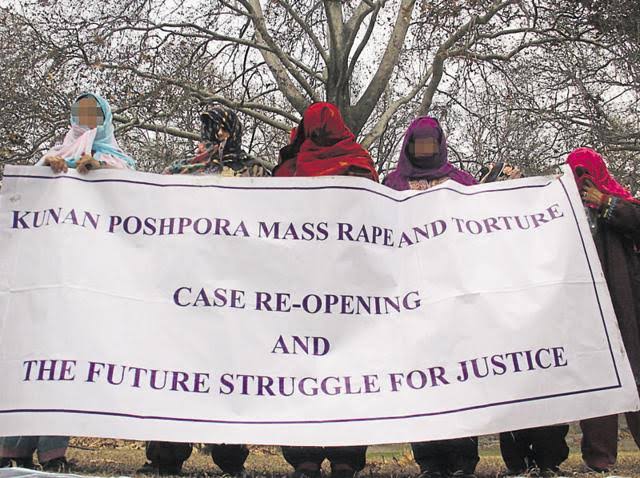
However, there appears to be a serious and grave miscarriage of justice as the cases of the survivors continue to be foiled and their efforts continue to be hindered. Unfortunately, many such cases often are rather inconclusive or remain undocumented. Many women have been reported to have ‘disappeared’ after either being taken away by authorities, questioned, or put in custody. The narrative of victim-blaming once again normalises the spectre of rape culture that continues to be prevalent. Only this year, the hashtag #JusticeForAimanZehra received national attention and the sheer magnitude of sexual crimes committed against women.
Also read: On Article 35A: Here Is What Kashmiri Women Have To Say
In addition to this, the treatment of women in the Kashmiri conflict also highlights some of the entrenched inequalities that Kashmiri women have faced for many decades especially in realms like political class and Indian cinema. Kashmiri women have long been the victims of war, conflict and militarisation. The propagation of sexist ideals of this nature continues to mar and aggravate the representation and portrayal of Kashmiri women, particularly the toxic and damaging archetype of “innocence”, “naivety”, and “fairness”. The religious aspect also further exacerbates the objectification they receive.
The propagation of sexist ideals of this nature continues to mar and aggravate the representation and portrayal of Kashmiri women, particularly the toxic and damaging archetype of “innocence, naivety, and fairness”.
All The Power To Kashmiri Women And Their Fight
Owing to the nature of war and conflict, most Kashmiri women have come to play an indispensable and active role in society as many of them are left to be the primary caregivers of the household and some are left widowed due to the ongoing violence. Prolonged regional conflict over the years has inevitability challenged the hidebound hierarchical gender structures and institutions in Kashmiri society. The Self Employed Women’s Association (SEWA) is equipping rural women with managerial and vocational skills so that they can help rebuild their homes and communities.
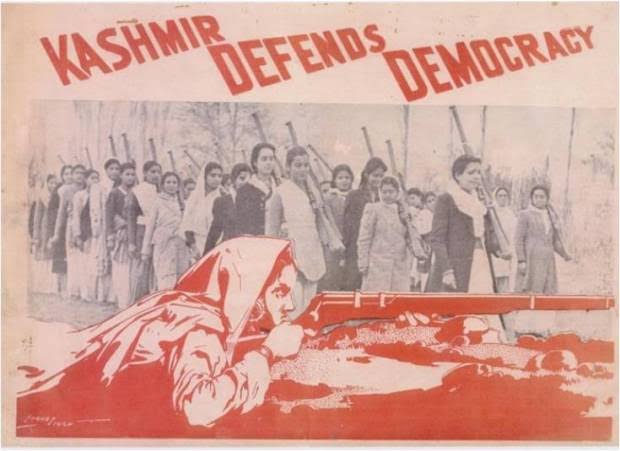
The scale of the Kashmir conflict and its associated problems have also inadvertently led to the growth of resistance groups and fighters, particularly forms of female militancy. For example, the Women’s Self Defense Corps is an organisation that encourages self-defence and resistance training for women. They also advocate for greater civil liberties and rights for Kashmiri women by re-mediating long-standing social and cultural issues like poverty and cultural hegemonic traditions. During earlier years, organisations such as the Women’s Bus for Peace and other cross-border collaborations and endeavours like the 2007 Line of Control Conference, did prove somewhat effective in addressing and bringing women’s rights issues to the forefront.
There is a fiercer call advocating that the Indian government further investigate and prosecute all cases of sexual violence and atrocities committed against women, especially owing to the inconclusiveness of the Kunan Poshpora mass-rape case from 1991.
Also read: Kashmiri Women’s Resistance Day: In Memoriam Of Kunan Poshpora Mass Rapes
Social media has additionally, proved to be a boon as well as a curse in alleviating the problem as vehicles of hate and misogyny. But they could be an equally powerful, if not more, voice of hope as important issues gain a greater degree of attention.
Featured Image Source: The National
About the author(s)
Shivani is currently a political science undergraduate student enrolled at Sciences Po Paris. She hopes to embark on a career in investigative reporting and journalism. Shivani is a lover of coffee, obscure films, sitcoms, political podcasts, and siestas. In her free time, she enjoys writing and curating her next Spotify playlist.
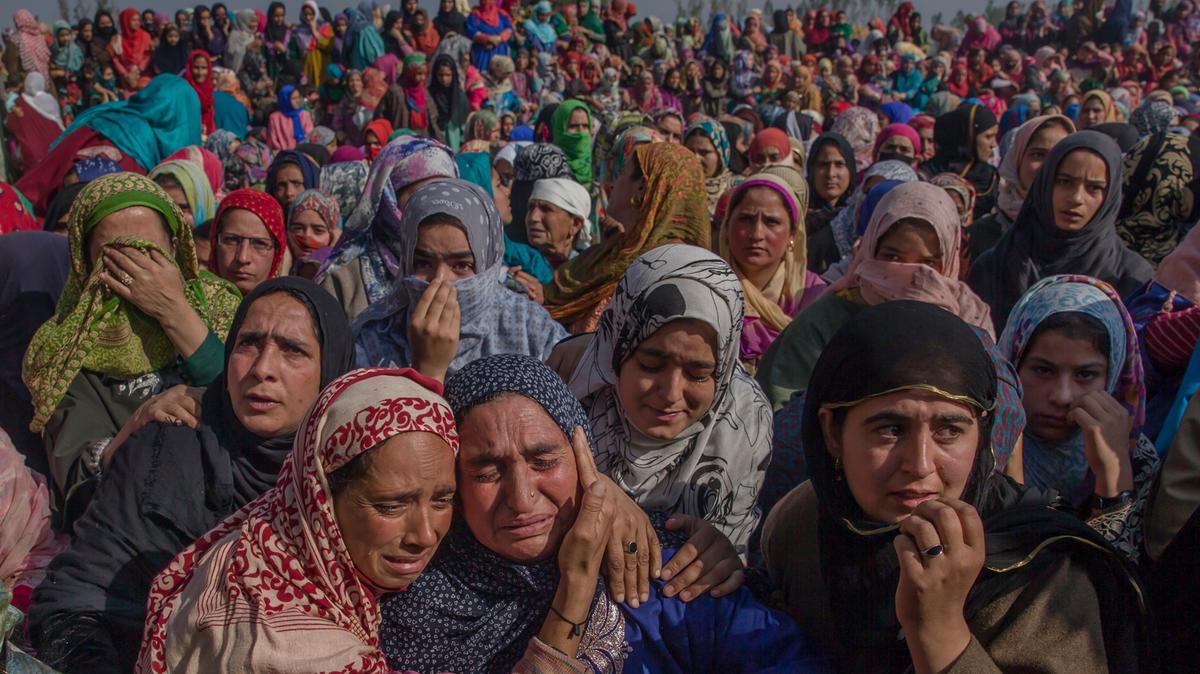

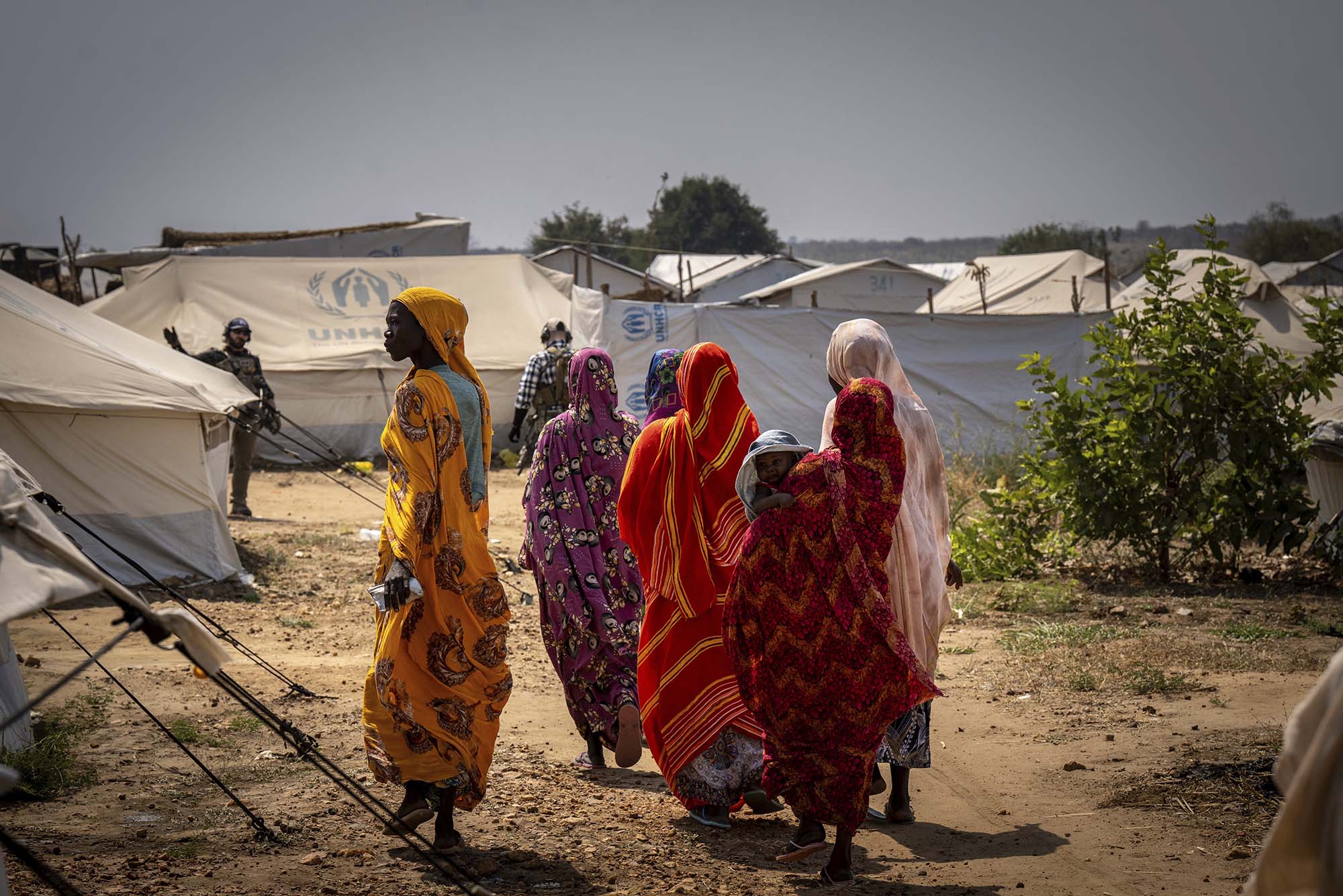
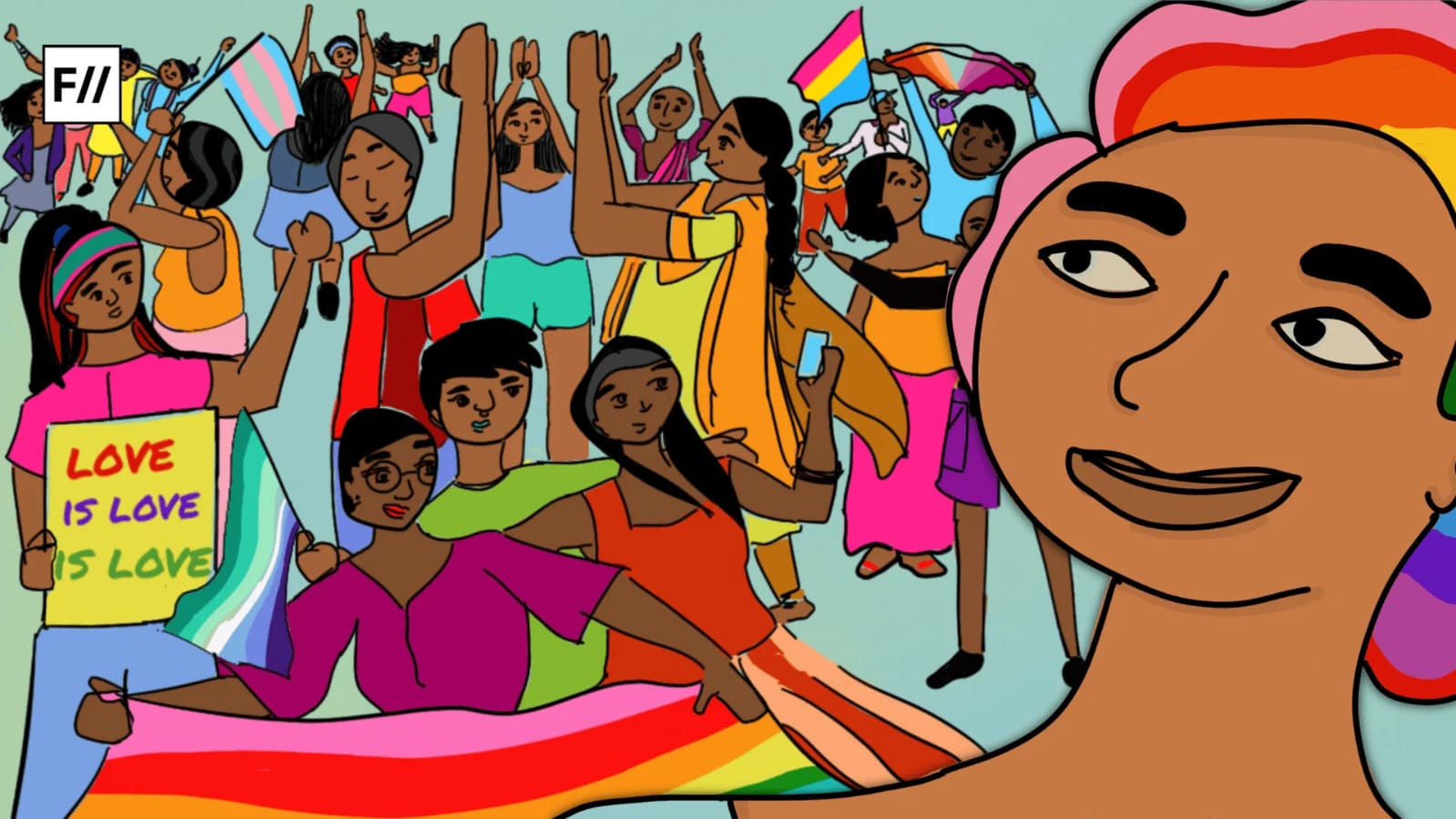

Where is the global outrage at the destruction of Kashmir and the assault on Kashmiri women? http://www.womeninandbeyond.org/?p=23269